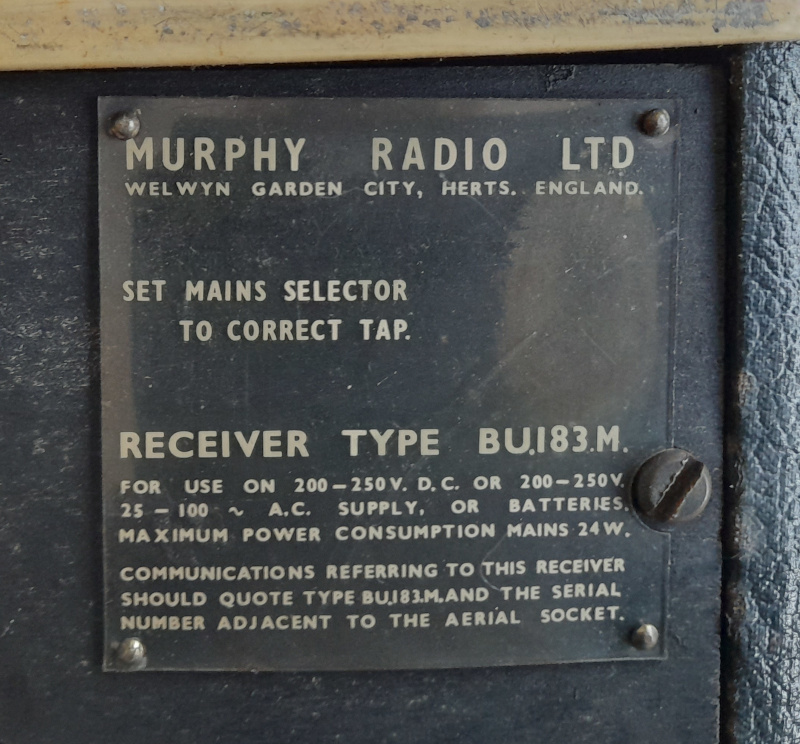The Paper Archives (part three)
The title of this series is maybe not quite as suitable as it was
The previous post in this series is here.
Sometimes, sorting through the accumulated junk that fills my mother’s house, I come across things that I remember from my childhood. For example: alongside the stack of modern radio transceivers that my dad used to speak to random strangers over the airwaves, is the radio I remember being my Nanna’s kitchen radio, sitting on top of the fridge.

It’s a big, clunky thing for a portable, its frame made of leather-covered plywood. I know it has valves (or tubes) inside, not transistors, because I remember my dad having to source spare valves for it and plug them in back when my Nanna still used it daily—he was the only person in the family who knew how to work out which of the valves had popped when it stopped working.
With only a vague idea how old it might be, I looked at the tuning dial to see if it would give me any clues.

Clearly from before the Big BBC Renaming of the late 1960s. I’m not sure how much it can be trusted for dating, though, as Radio Athlone officially changed to Radio Éireann in the 1930s, but I was fairly sure the radio probably wasn’t quite that old. Of course, I should really have beeen looking at the bottom.

And of course the internet can tell you exactly when a Murphy BU183M was first sold: 1956, a revision of the 1952 BU183, which had the same case. The rather more stylish B283 model came out the following year, so I suspect not that many of the BU183M were made.
I’m intrigued by the wide range of voltages it can run off: nowadays that sort of input voltage range is handled simply and automatically by power electronics, but in the 1950s you had to open your radio up and make sure the transformer was set correctly before you tried to plug it in, just in case you were about to blow yourself up otherwise. I suppose this is what radio shops were for, to do that for you, and potentially to hire out the large, chunky high-voltage batteries you might need if you didn’t have mains electricity. This radio is from the last years of the valve radio: low-voltage transistor sets were about to enter the marketplace and completely change how we listened to music. This beast—or the B283, which at least looks like an early transistor radio—needed a 90-volt battery to heat up the valves if you wanted to run them without mains power, not the sort of battery you can easily carry around in your handbag. The world has changed a lot in seventy years.

 Home
Home